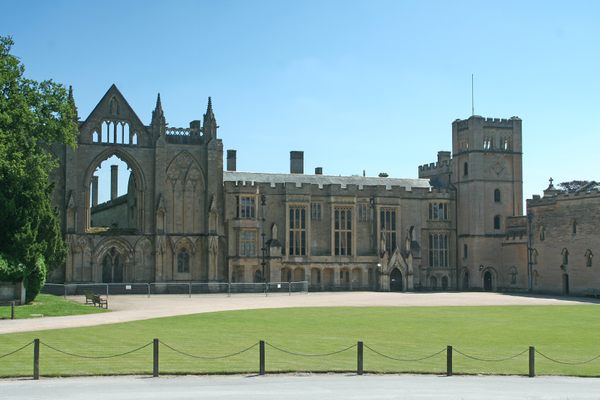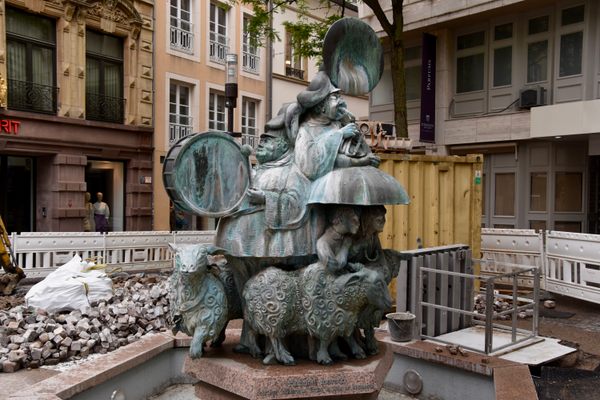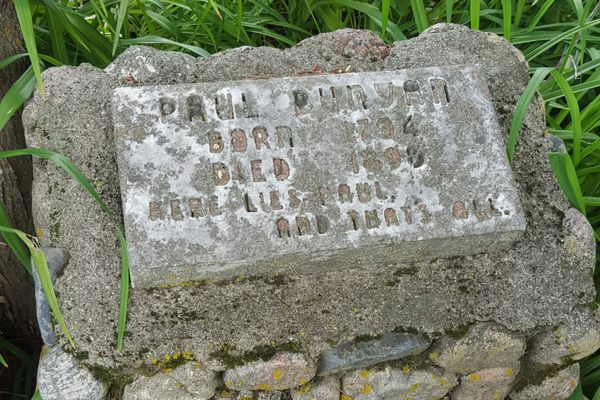Fountain Dale
This muddy wooded valley and the ancient structures it hides are said to be the favored haunt of the legendary Friar Tuck.
Claimed to be the legendary location where Robin Hood met the feisty Friar Tuck in the famous folktale, the overgrown remains of a 12th-century moat, lodge, and holy well complex persist in this soggy corner of Sherwood Forest.
The ballad of Robin Hood and the Curtal Friar describes Robin Hood seeking out the battle-ready brother at “Fountain Dale” to test his mettle. According to the story, after the holy man refused to carry the outlaw over the waters there a mythical melee-by-the-moat ensued, following which the two become firm friends.
Fountain Dale’s ancient moat is an impressive waterlogged ditch, 40 feet wide, enclosing what was once a large rectangular artificial island. The feature dates to at least 1251, when the moated island was the site of a hunting lodge, the vestiges of which remain hidden beneath centuries of mud and undergrowth.
To date, little archaeological investigation at the site has been carried out. This said, the remains of the medieval manse are likely to be well preserved, having remained unusually undisturbed. The moat and its structures are listed as a Scheduled Monument of National Importance by the public heritage organization Historic England.
About 100 feet away from the moat, by a small lake, are the decaying ruins of Friar Tuck’s Well. This supposed holy well is a chalybeate spring, valued for its iron-rich waters, and is likely to be the “fountain” that gives this dale its name (dale being an alternative word for a valley). According to the ballad, the militaristic monk of myth and legend lived in a nearby cave hermitage and was sworn to protect this saintly spring from wrongdoers. The hermitage is likely to have been founded by the Augustinian friars of nearby Newstead Abbey, which was built in the 12th century.
Legends about the site abound. One dictates that when the friar was ousted from his hermitage, he placed a curse on the spring, making it flow only once every seven years. Other unverified tales about the site claim that Danish raiders cursed the spring when they found no treasure at a shrine on the nearby moated island.
Once surrounded by iron railings, the sad and overgrown remains of a brick-built cascade that once channeled the spring waters of Friar Tuck’s Well are still visible. This now sludgy and uninviting source may once have been associated with Saint Lawrence, having taken the name of the Sherwood outlaw more recently.
It is unknown exactly when this part of Sherwood Forest acquired the name Fountain Dale, and there is speculation that the area was so-named to fit the Robin Hood legend, rather than having inspired it. The name Fountain Dale didn’t actually appear on any maps of the area until the early 19th century, although folklorists would be quick to point out that this hardly eliminates the possibility that the name is much older.
Sir Walter Scott and Washington Irving, both fans of the Robin Hood legends, visited Fountain Dale, and it may be through their considerable influence that the local link to the legends proliferated, despite Fountains Abbey in the neighboring county of Yorkshire being often cited as an alternative Fountain Dale.
The Robin Hood Way long distance footpath passes through Fountain Dale, and an informational marker bearing an excerpt from the ballad has been erected nearby to inform any passersby of the potential significance of this soggy spot.
Know Before You Go
Both the Fountain Dale moat and Friar Tuck's Well are marked on the U.K.'s Ordnance Survey 1:25-scale Explorer Maps. Access is via waymarked public footpaths and bridleways which run through Fountain Dale, including the Robin Hood Way long-distance footpath. One easy walk to Fountain Dale begins at the Little John Inn Public House on Main Road in the nearby village of Ravenshead. The land either side of the public footpaths is private, so to avoid trespassing it's a good idea to take a map with you!



















Follow us on Twitter to get the latest on the world's hidden wonders.
Like us on Facebook to get the latest on the world's hidden wonders.
Follow us on Twitter Like us on Facebook